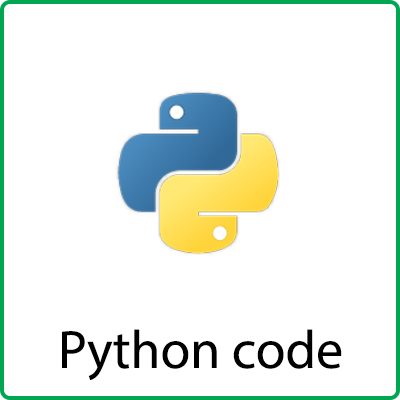Description
Near-Earth Objects (NEOs) are orbiting bodies in near-Earth space. This can include comets, asteroids, and natural and artificial space debris. Here we are primarily concerned with asteroids in this space.
These asteroids typically have small diameters and low albedo, they are very small, very dark, and difficult to observe. Since these objects exist in near-Earth space they have the potential for collision with Earth. In addition, due to their proximity, these asteroids are prime targets for sample return missions, and resource mining operations. To that end, once discovered, continued observances and constraining the orbital uncertainty of these objects is a high priority.
Building instruments with increased precision and extending observations of these objects for a long baseline would provide good orbital fits, however, each of these methods is resouce-expensive.
The goal of this project is to determine what observational cadence provides an acceptable orbital fit by approximating observations made with existing resources.
Generate synthetic NEOs, generate ephemeris, simulate observations based on added noise, and observational cadence, and return orbital fit difference (D-value)
https://scholarworks.umb.edu/cgi/viewcontent.cgi?article=1447&context=masters_theses




Reviews
There are no reviews yet.